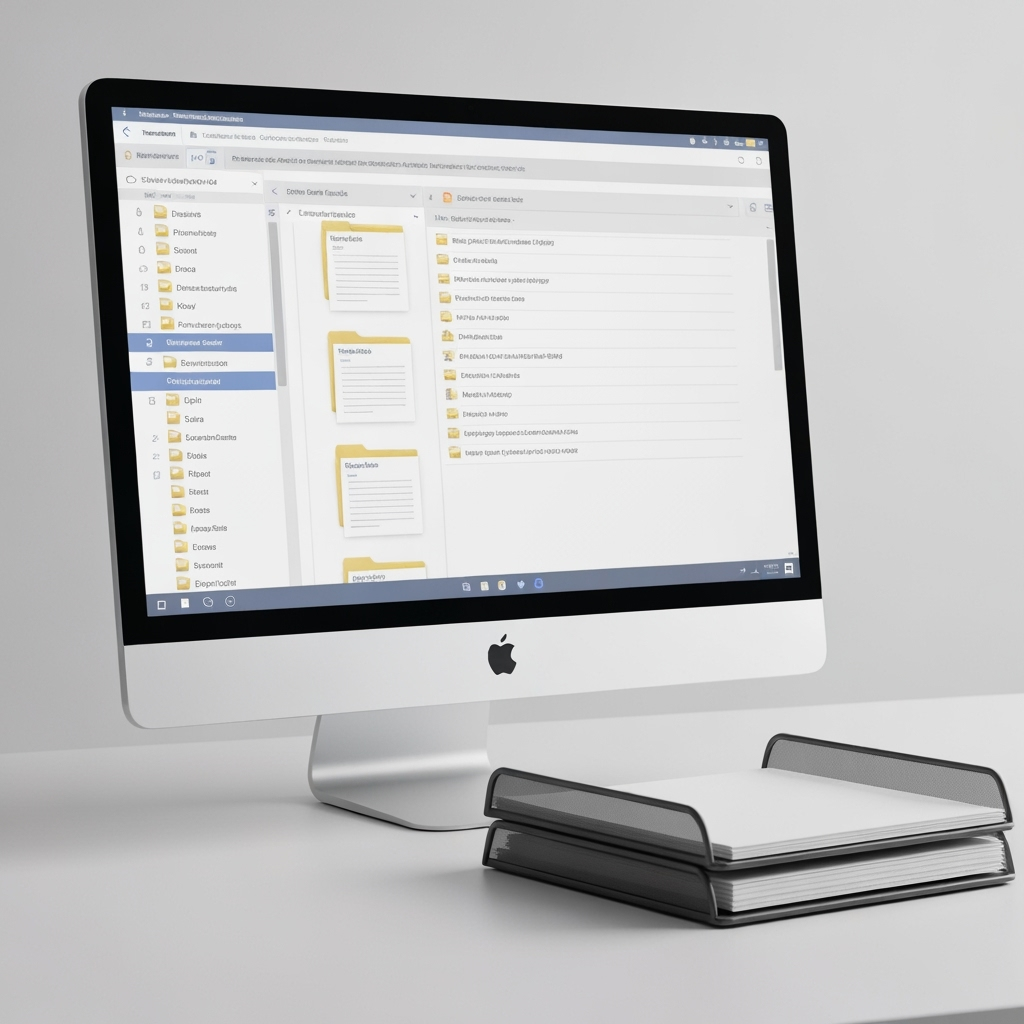Making the Transition to a Paperless Remote Office
As remote work becomes increasingly permanent, professionals are discovering that traditional paper-based systems can be cumbersome and inefficient. The transition to a paperless office isn’t just about environmental responsibility—it’s about creating a more efficient, organized, and accessible workspace. This guide will help you navigate the journey from paper-heavy to paper-light while maintaining proper document storage and security.

Assessing Your Current Paper Situation
Before diving into digital transformation, take stock of your current paper documents:
- Essential legal documents requiring original copies
- Financial records and tax documents
- Business contracts and agreements
- Reference materials and archived documents
- Daily workflow papers and notes
Creating Your Digital Infrastructure
A successful transition to paperless requires a robust digital system:
- High-quality scanner for document digitization
- Cloud storage solutions with adequate security
- Digital filing system with clear naming conventions
- Backup solutions for critical documents
- Digital signature capabilities

Smart Storage Solutions for Physical Documents
While going paperless, you’ll still need to maintain some physical documents. Here’s how to store them effectively:
Climate-Controlled Storage
For important original documents that require preservation:
- Use climate-controlled storage units to protect against humidity and temperature fluctuations
- Organize documents in acid-free containers
- Implement a clear labeling system
- Create a digital index of stored physical documents
Home Office Storage
For documents needed on hand:
- Install a small, fireproof safe for crucial documents
- Use vertical storage solutions to maximize space
- Maintain a minimal filing system for current papers
- Create a staging area for documents to be digitized
Digital Organization Best Practices
Maintain efficiency with these digital organization strategies:
- Implement a consistent file naming convention
- Create a logical folder hierarchy
- Use tags and metadata for easy searching
- Set up automated backup systems
- Establish regular digital cleanup routines
Security and Compliance Considerations
Protect your digital documents with these security measures:
- Use strong encryption for sensitive files
- Implement two-factor authentication
- Regular security audits of digital storage
- Maintain compliance with industry regulations
- Create secure sharing protocols
Tips for Successful Digital Transformation
- Start small with one category of documents
- Set realistic timelines for digitization
- Train yourself on new digital tools
- Create workflows for incoming papers
- Regular maintenance of both physical and digital storage
When to Keep Physical Copies
Some documents should remain in physical form:
- Original birth certificates and passports
- Social Security cards
- Property deeds and titles
- Original signed contracts
- Estate planning documents
Maintaining Long-Term Success
Ensure ongoing success with these strategies:
- Regular system audits and updates
- Periodic review of storage needs
- Updated security protocols
- Continuous improvement of digital workflows
- Regular backup verifications
Conclusion
Transitioning to a paperless remote office is a journey that requires planning, the right tools, and consistent effort. By implementing these storage solutions and organizational strategies, you can create an efficient, secure, and environmentally friendly workspace that enhances your remote work productivity.










Leave a Reply